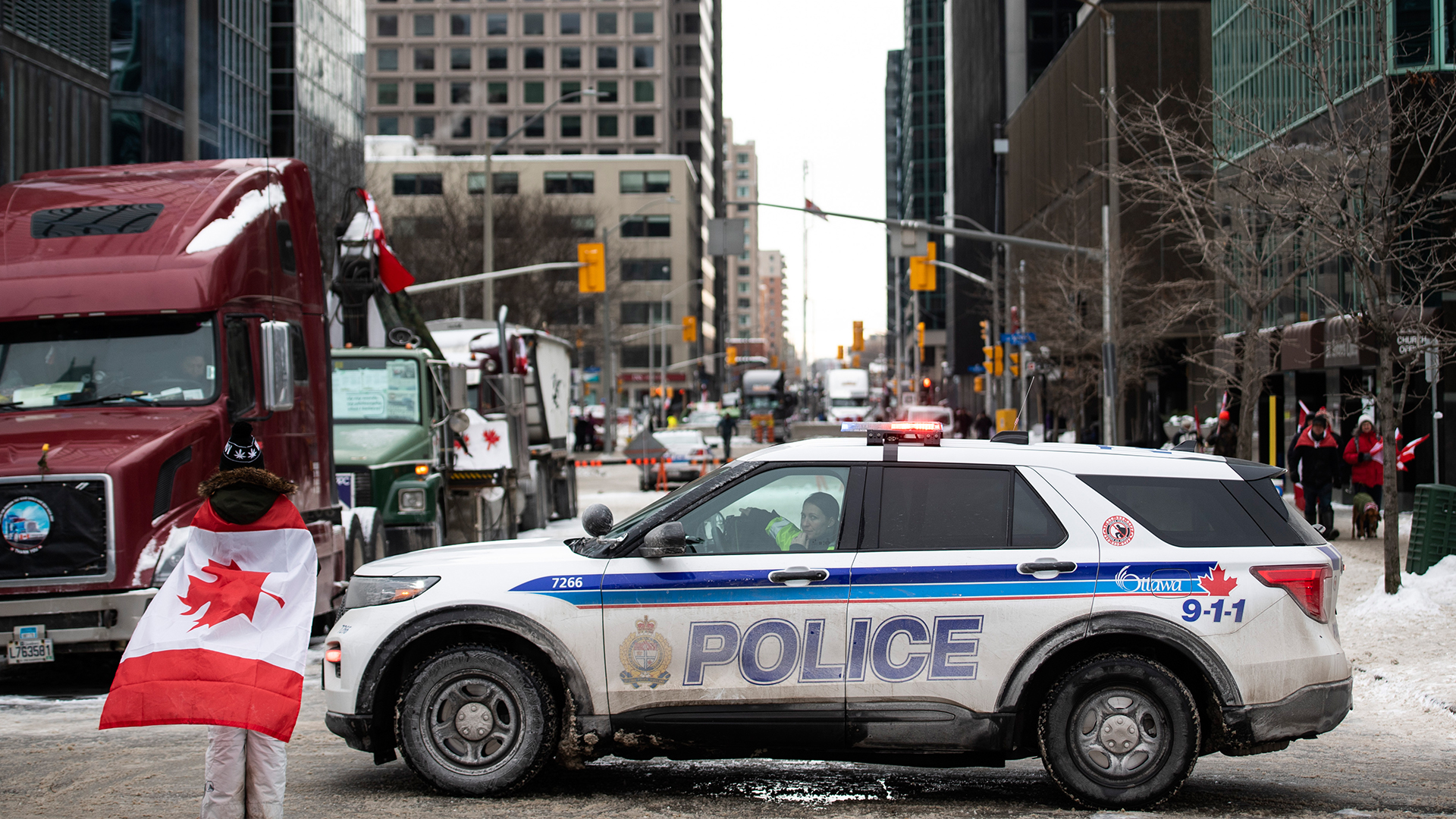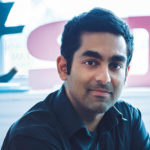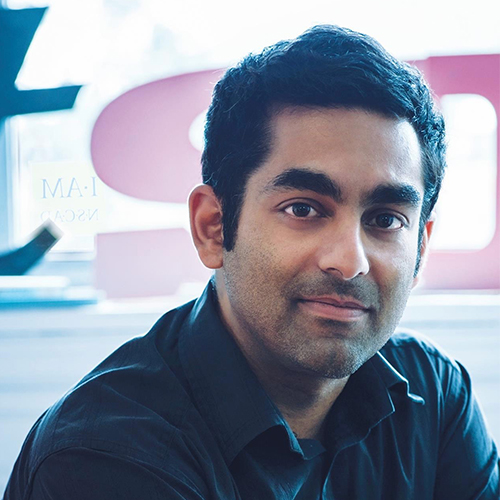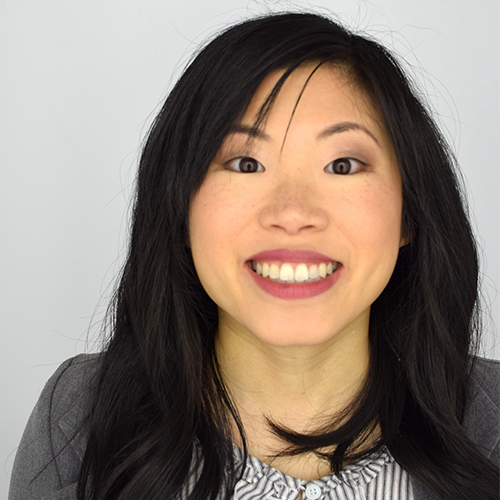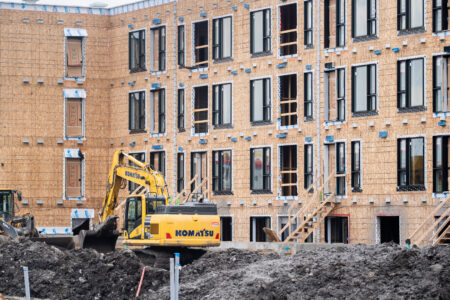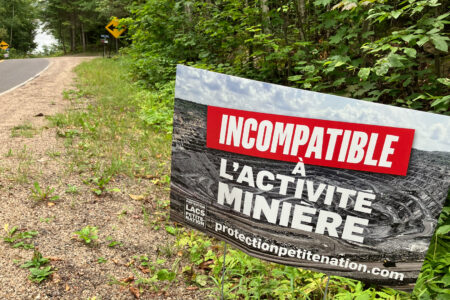
After years of news footage of protests from land protectors, housing advocates and Black Lives Matter, we’ve become familiar with the police response: the bullet-proof vests, the helmets and the heartbeat thump of batons on shields as smoke from tear gas canisters wafts through the air.
But police didn’t step in for weeks after dozens of tractor trailers rolled into downtown Ottawa, honking their horns and bringing the core of our capital to a halt. They didn’t intervene when a second wave of supporters – also opposing vaccine mandates, the government of Justin Trudeau and often linked to far-right activists – arrived with signs, food and gas. They also stood by as those protesters marred national monuments and even called for replacement government, all while setting up tents, barbecues and inflatable bouncy castles.
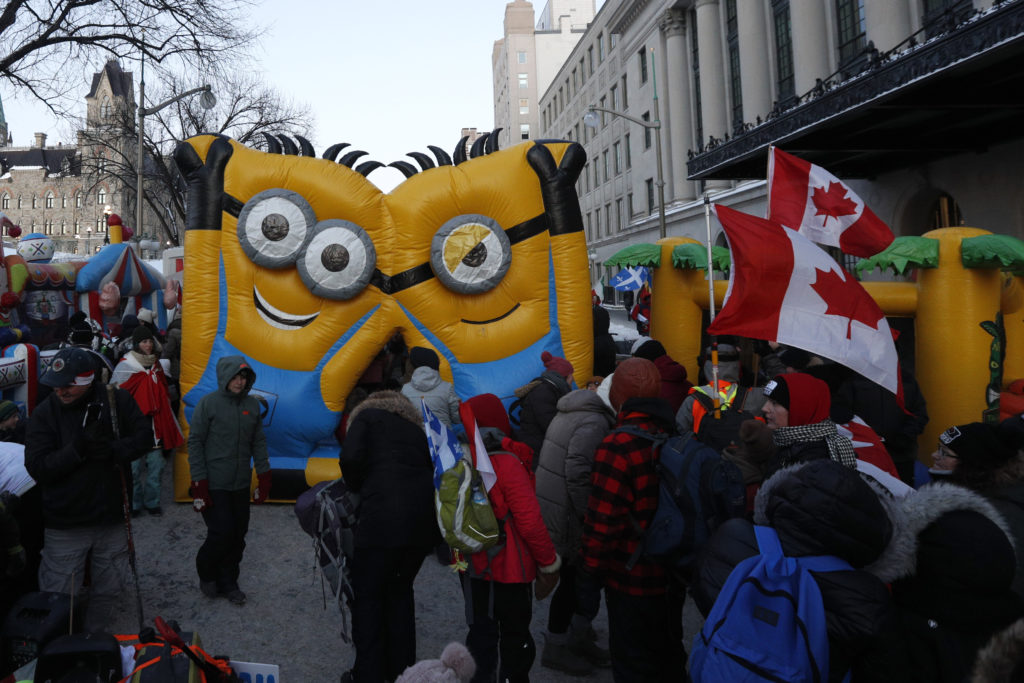
After threatening insurrection, the “truckers” set up a hot tub and DJs spun tunes, turning street corners into dance parties even as the far-right fringe waved Nazi and Confederate flags. As the protest dragged on, Canadians saw and heard reports of vandalism, assault and threats to journalists and other citizens. Many Canadians asked themselves, “Why aren’t the police stopping this? Why aren’t they doing anything?”
It wasn’t until the Ottawa blockade spread to border crossings and began impacting trade with the U.S., with the potential for significant economic losses, that the situation became untenable for various levels of government. The added strain placed on supply chains pushed the federal and provincial governments to finally intervene, which in turn forced the police to act.
Why did it take so long? The truth is that we have long resisted admitting to ourselves what the true role of the police is. Although we say “law and order,” the law part is actually the secondary role of the police: discouraging crime, taking reports, patrolling and so on. The main job of our police is to protect the social order.
Societies are complex systems characterized by inequality. Social norms and laws are often designed to reflect the interests of the ruling class. Those on top strive to protect their privilege while those on the bottom struggle to gain more resources.
So what is our social order? It’s straight, white, employed, able-bodied, cis men at the top, and everyone else including women, queer folks, Asians, Black people, disabled folks, the homeless, and First Nations below. It’s an order we know exists, but many prefer to not see. That’s the order we have tasked the police with preserving, increasingly so as challenges to it mount.
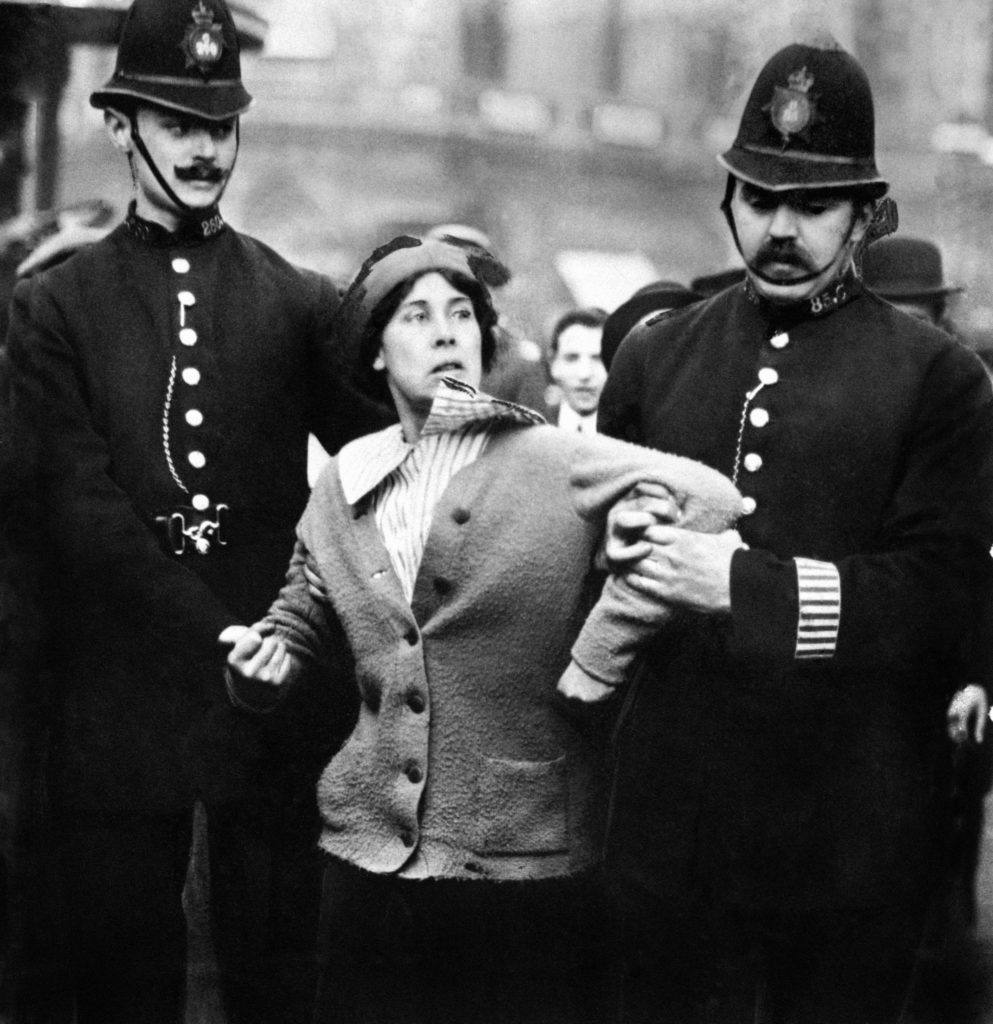
In the tumultuous period following the First World War, feminists challenged the unequal distribution of wealth, power, and privilege between men and women. Monogamy and the family unit served the needs of the patriarchy, while female sexuality was controlled with social norms such as preaching chastity before marriage. Women were excluded from much of the workforce especially the upper levels, and barriers were set up to make it difficult for women to own property and businesses. That’s why, when the suffragettes marched to demand the right to vote, it threatened the social order. Quickly, the police moved in on them.
Despite the gains feminists have made since those times, much more work remains before full equality is achieved, as we see with the #MeToo movement which continues to challenge male dominance.
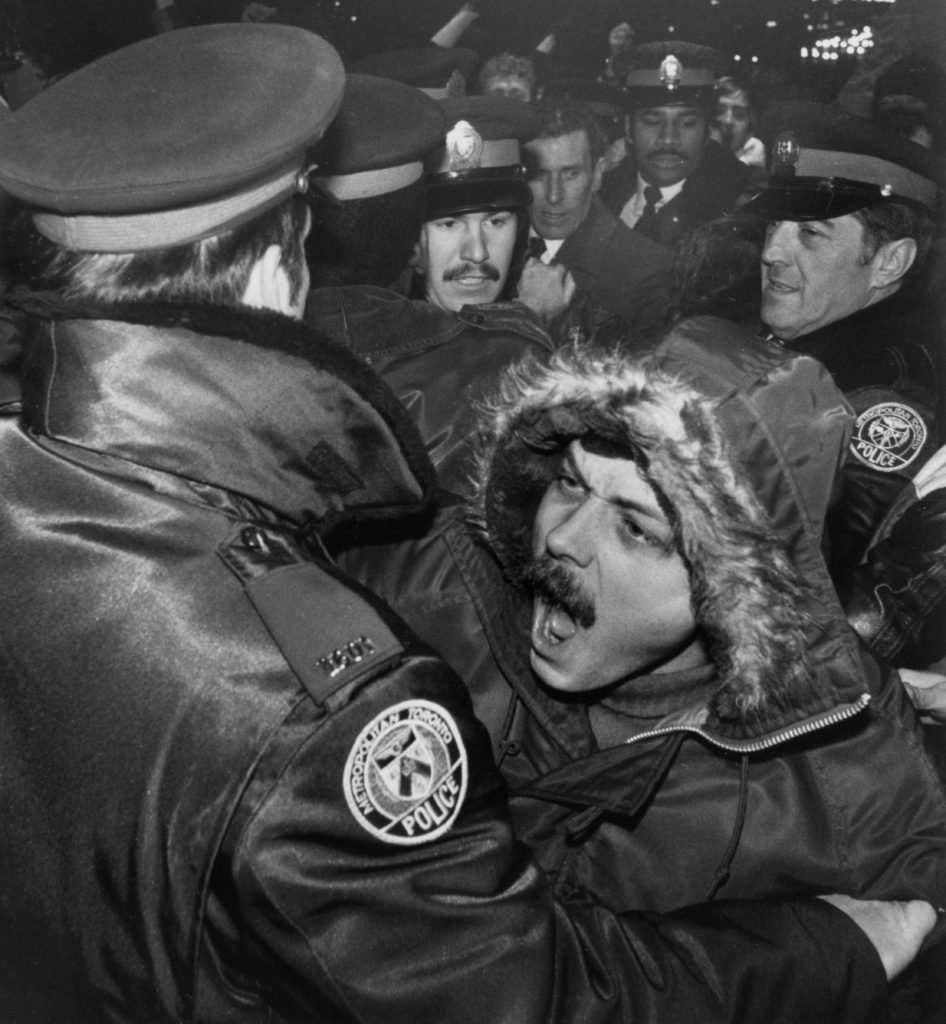
In the latter half of the 20th century, LGBTQ2S+ activists fought to declassify homosexuality as a mental disorder and overturn laws prohibiting it, and petitioned for the right to same-sex marriage. When the movement began to gain momentum, the brutality of police attacks increased, leading to riots in San Francisco, Stonewall in New York, and later the protests against the Toronto bathhouse raids.
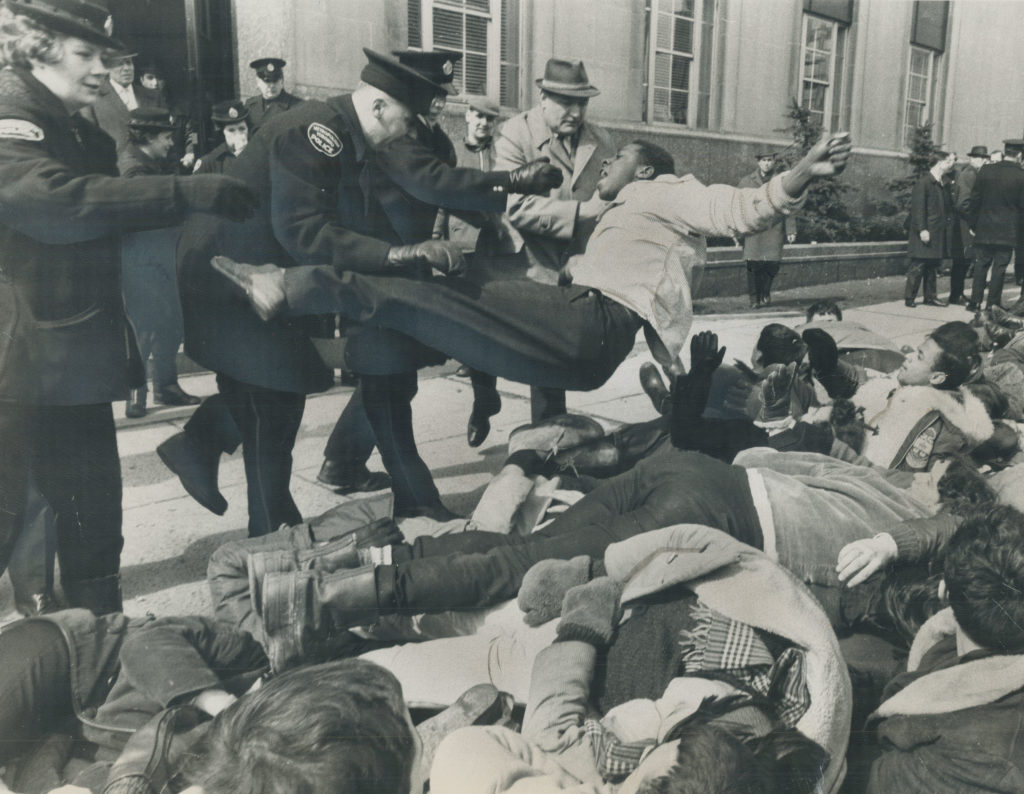
Since the 17th century when Africans arrived in Canada as slaves, our country has used laws, the courts and social norms to oppress Black people while benefitting from their labour. The concepts of race and racial inferiority that were used to justify the slave trade remained in Canadian society long after slavery ended, resulting in segregation in schools, exclusion from employment, and housing restrictions. The destruction of entire Black communities by municipal governments across the country made it difficult for families to build intergenerational wealth, and have further reinforced the othering of Black Canadians. The last 80 years has shown us when Black people organize in protest against these unfair conditions, the police have attacked, from the civil rights movement to BLM today.
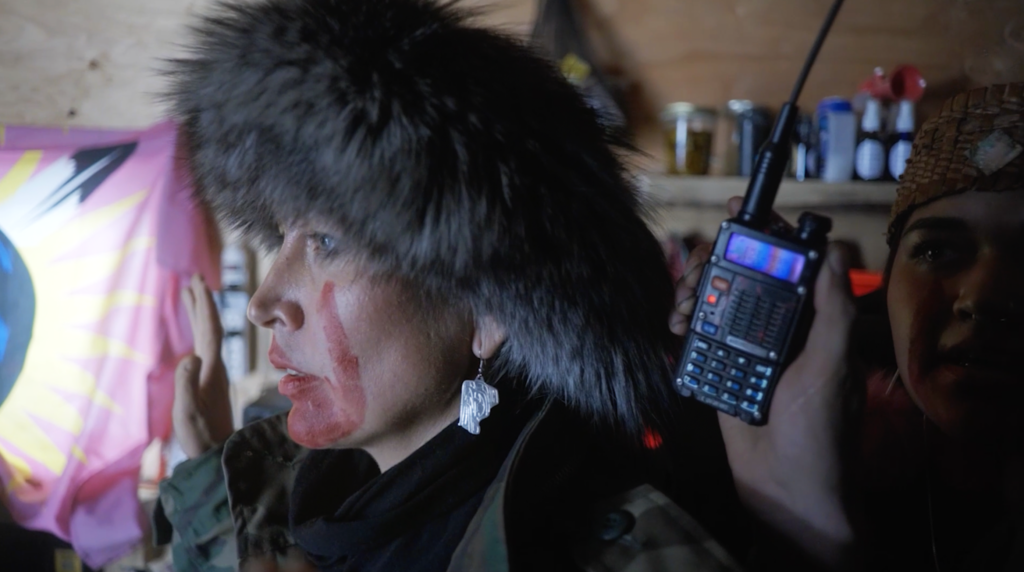
The most egregious use of police force in Canada has consistently been against Indigenous protesters. Policing in Canada was developed by European settlers to claim the resources of those Indigenous groups and enforce the unequal power relations that continue today. Our police have used military-style tactics against Indigenous communities from the beginning, including the founding of the North-West Mounted Police in 1873, through to the Oka Crisis, to Fairy Creek, and to the Wet’suwet’en today.
In every case above, it’s been people on the lower rungs of the social order asking for recognition, fairness and equality – asking for the right to be sovereign, to be treated the same way, to have the same opportunities, and a chance to have the same lives, as those at the top. But in our society, the job we’ve given police is to tell these people “no.”
So what was different this time in Ottawa? Why were police being so conciliatory, talking, listening, negotiating? Why did it take three weeks of public pressure, the Emergencies Act, the resignation of Ottawa Police Chief Peter Sloly and the importation of reinforcements including the Sûreté du Québec to finally move the protesters out of the capital?
It’s because the people at the Ottawa protest weren’t trying to change the social order: like the police, they were trying to preserve the order that exists.
Although police have been used as a bulwark against change, pushing back against protesters of all stripes, the social order that has given straight white men their hold on power – social, political, and economic – has nonetheless been eroding as others have fought for equal footing in the streets and through the courts and public opinion. What we’re witnessing now is the white backlash from those people who are seeing their status slipping away, who are seeing themselves being pushed out from the centre of society. This anger has been exacerbated by the results of decades of neoliberal policies. Growing wealth inequality, the loss of well-paying manufacturing jobs, and the hollowing out of unions and social programs have all contributed to a feeling of desperation for many white Canadians. Add in the frustration and fear from more than two years of COVID-19 and this desperation has crystallized into a movement driven by the feeling that there is something deeply wrong with our country and the direction in which it is heading.
Many politicians have sought to gain power and influence by harnessing this growing anger. When Donald Trump used the slogan “Make America Great Again,” he meant “give straight white men undisputed power again.” This is the same message that is being spread today by right-wing pundits such as Ben Shapiro, Jon Kay and Jordan Peterson: “things were better for us when we were in charge.”
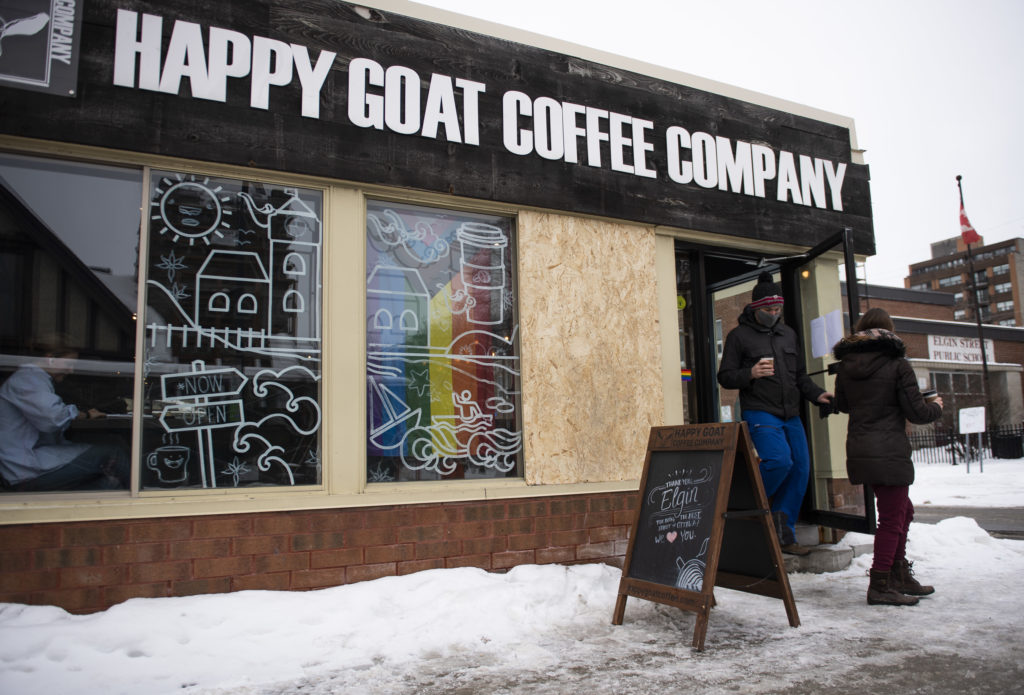
This is why so many of the Ottawa protestors and border blockaders espouse ideas that are racist, Islamophobic, or antisemitic, and why many of their leaders have direct ties to white supremacy. The patriarchy, white supremacy and our capitalist system are working together and supporting each other – all to keep one group of citizens above all others. This is why the protest movement, ostensibly about vaccines and restrictions, so often targets women, minorities and queer folk in rhetoric and in actions. Straight white men are using the tools that groups in power have always used when that power is threatened: fear, intimidation and violence.
This isn’t unique to Canada, nor to white people. All societies have inequality and all systems have structures, laws and social norms that preserve that inequality. Although there are some important differences, we’ve seen other examples in Japan’s treatment of the Ainu and India’s treatment of Dalits. It’s not people losing power, it’s people being asked to share their power and saying “no.”
Tangentially, this anger over losing power is why so many of the Ottawa protestors (and others across Canada) hold such visceral hate for Trudeau – with his carefully managed image as a feminist and supporter of multiculturalism. As a result, many of these men see him as a traitor to their cause.
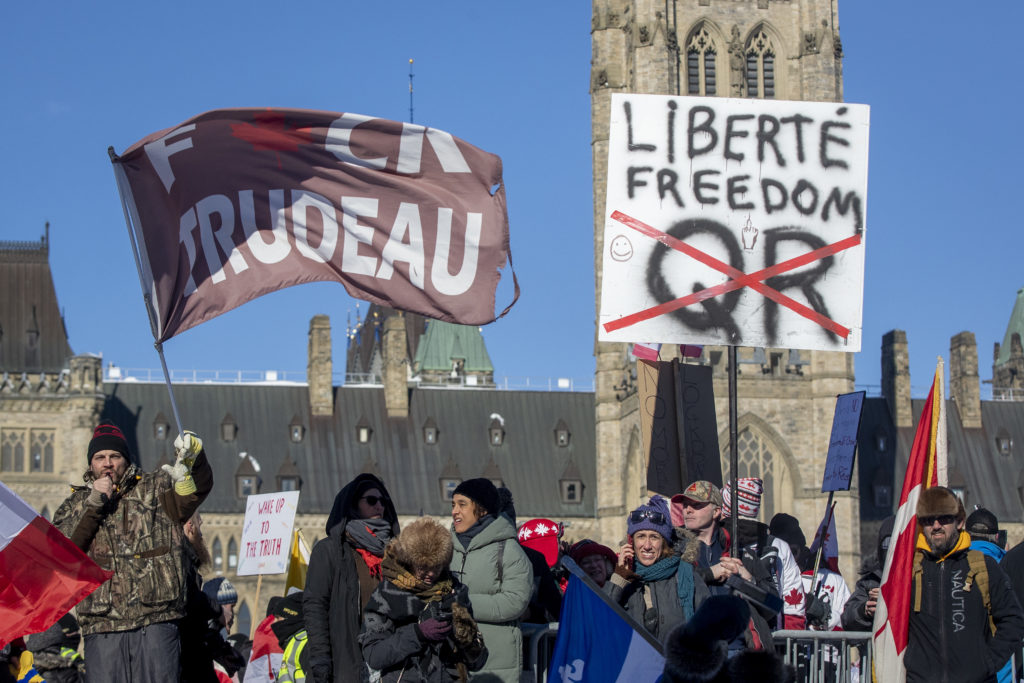
This is also why the Ottawa police responded so differently to the truckers and their supporters, laughing and joking with them, bringing them coffee and taking selfies. They knew these angry men weren’t a threat to the social order: like the police, the truckers and their supporters were fighting to protect it.
We were asking the police to do their job but the horrible truth is that they were actually doing it. We’re just not ready to be honest with ourselves about what that job actually is.




